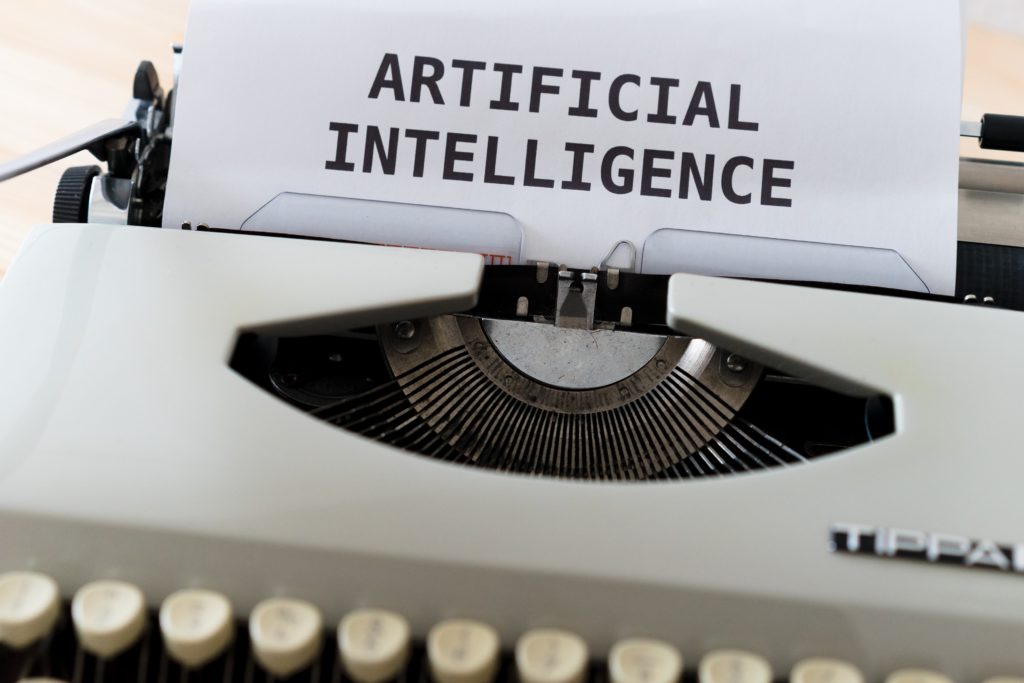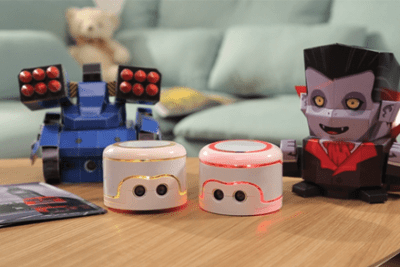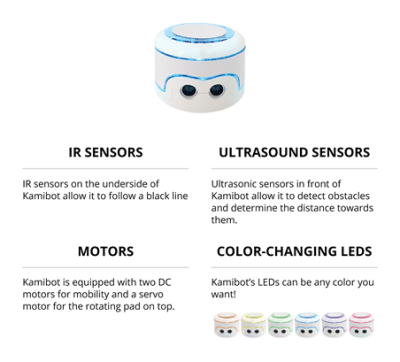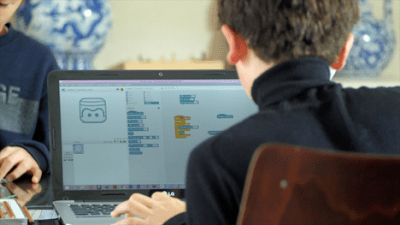In 2021, Elephant Robotics launched the AI Kit. It is a robotic kit that integrates multiple functions including vision, positioning grabbing, and automatic sorting modules. For people who are new in robotics, AI Kit is a preferable tool to learn the knowledge about machine vision and AI knowledge.
With the continuous advancement of technology, Elephant Robotics has upgraded the AI Kit comprehensively, improving the quality of the hardware while optimizing the built-in algorithms and software to make the product more developable and scalable.
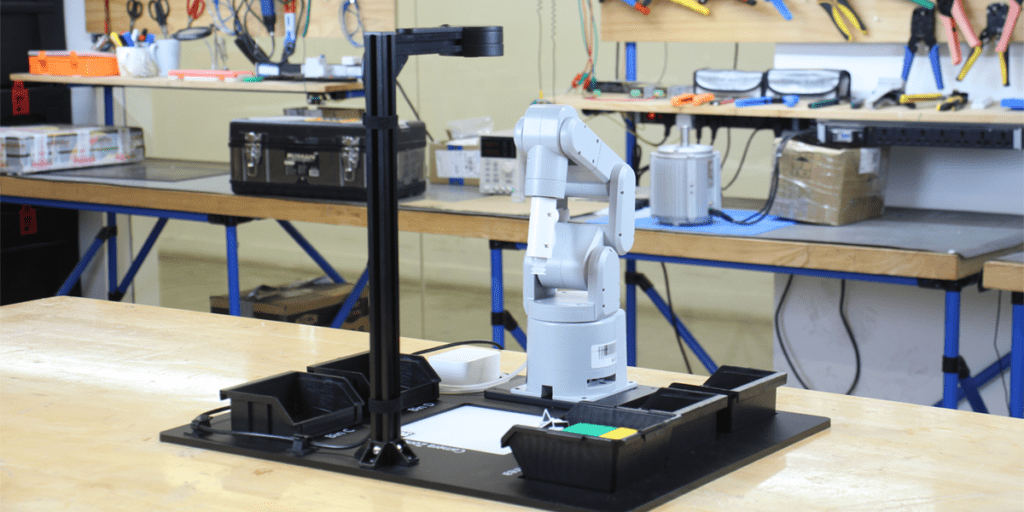
Machine vision is a technology that uses machines to replace the human eyes for target object recognition, judgment and measurement. Machine vision simulates human vision function by computer, and the main technology involves target image acquisition technology, image information processing technology, and target object measurement and recognition technology.
A typical machine vision system mainly consists of a vision perception unit, an image information processing and recognition unit, a processing result display unit and a vision system control unit.
Here we introduce what Elephant Robotics achieve in this upgraded AI Kit 2023.
Textbook and tutorials for robotics
To provide comphrehensive support to experimental and practical teaching, Elephant Robotics launches a textbook about machine vision programming and control. The book provides the knowledge about robotic arms, vision sensors, programming languages, etc. It is a perfect solution for K-12 edication, educational institudes, and colleges. With the help of the tutorials and textbooks, students will enjoy robotics through experiential learning with easier operation when using AI Kit 2023. And Elephant Robotics will launch the tutorials about programming the AI Kit 2023 on YouTube and Hackster continuously.
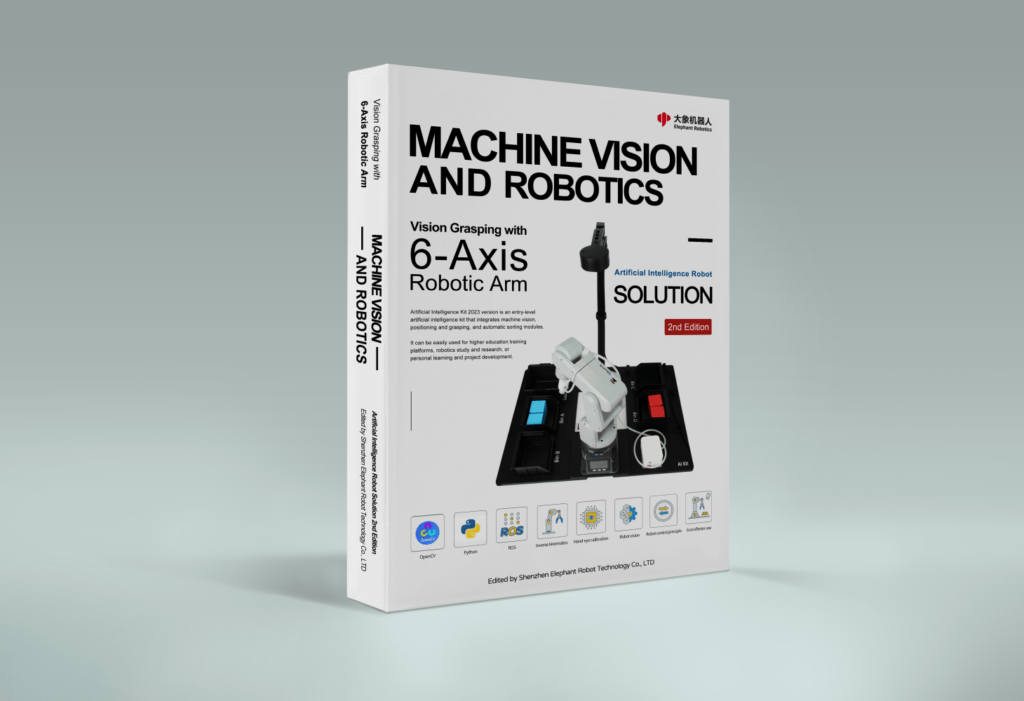
5 built-in mainstream algorithms
AI Kit 2023 uses eye-to-hand mode, it can achieve color localization by OpenCV, and frames out the colored objects, and calculates the spatial coordinate position of the objects relative to the robotic arm by the relevant point position. With the algorithms, the robotic arm on AI Kit 2023 will automatically recognize the color objects and classify to the corresponding bins.
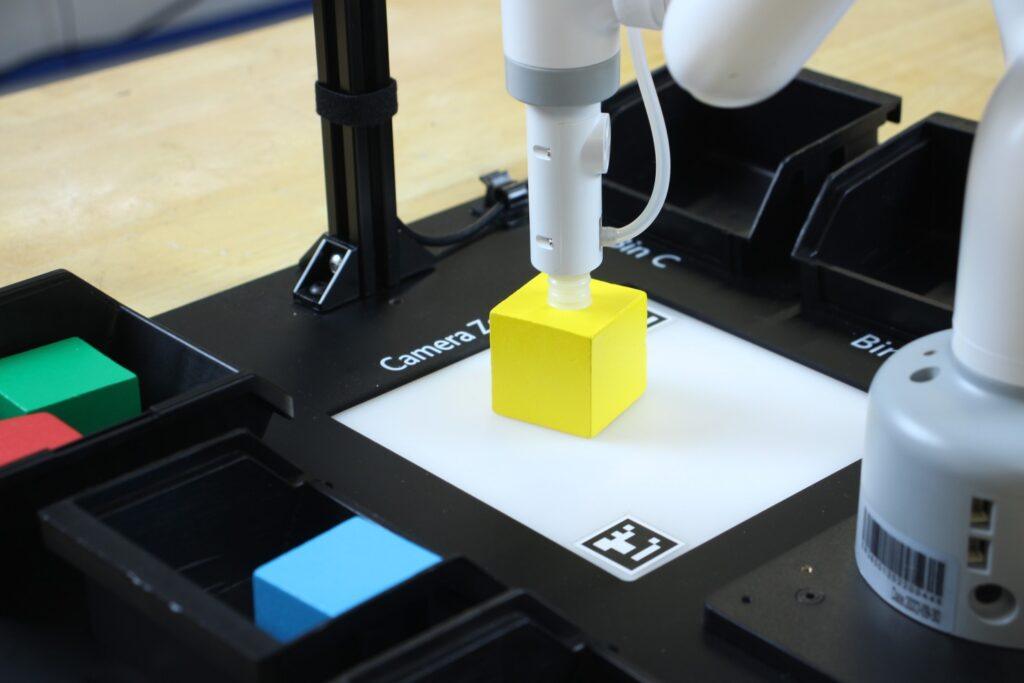
Aruco codes are widely used to increase the amount of information mapped from the two-dimensional world to three-dimensional time. Elephant Robotics has added recognition algorithms to AI Kit 2023 to support the recognition of 4 different codes. It helps users to learn the related recognition algorithms and positioning applications.

Feature point refers to the ability to represent an image or target in an identical or very similar invariant form in other similar images containing the same scene or target. The feature points are determined by examining the differences between the pixel points and the 16 pixel points in the surrounding field, and the detection efficiency is greatly improved by the segmentation test algorithm.
This algorithm of AI Kit 2023 helps users understand the feature points of images, learn image segmentation, and save image features.
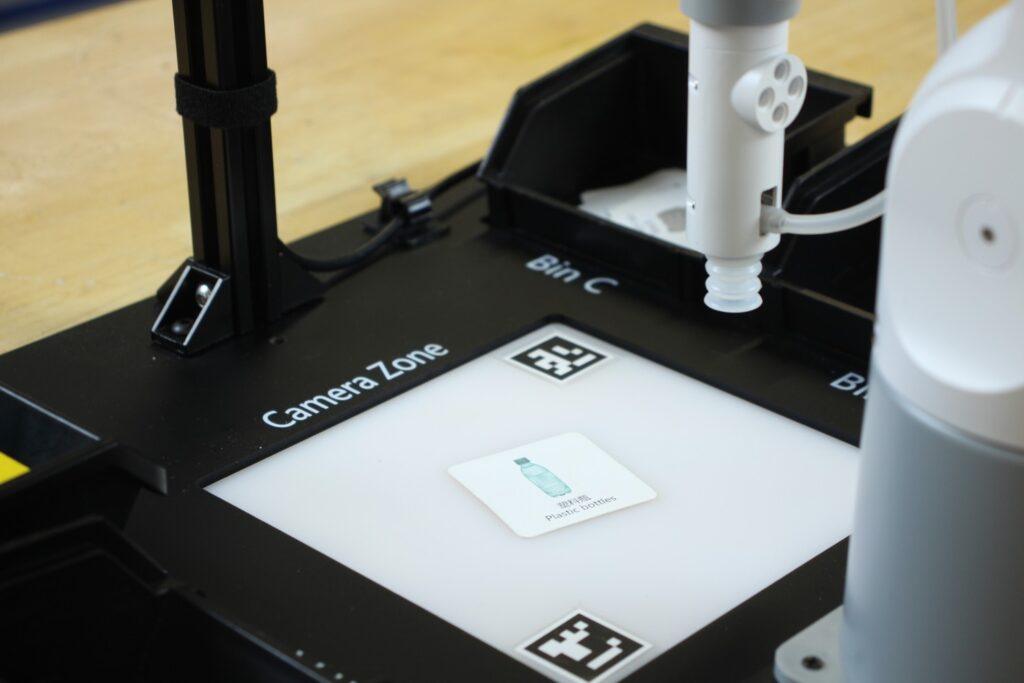
You Only Look Once (YOLO) is a very popular model architecture and object detection algorithm. Elephant Robotics builds this algorithm with the latest version in the AI Kit 2023, the YOLOv5. YOLOv5 makes further improvements on the basis of YOLOv4 algorithm, and the detectability including speed and accuracy are further enhanced. With YOLOv5, users can have a deeper understanding of artificial intelligence, such as the concept and function of neural networks and deep learning.
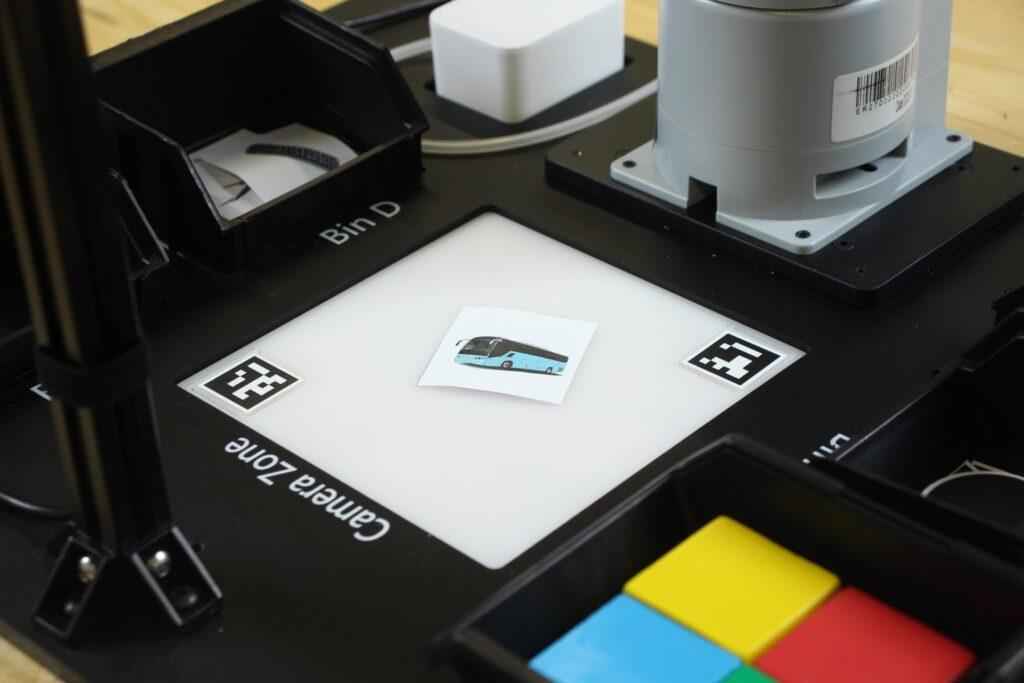
Shape recognition of objects is an important direction of pattern recognition. There are various representations of object shapes in computers. Based on different shapes, various shape recognition methods have been proposed, such as methods based on Fourier descriptors, principal component analysis, and invariance distance. In shape recognition, it is very important to identify the pattern features on which the recognition is based.
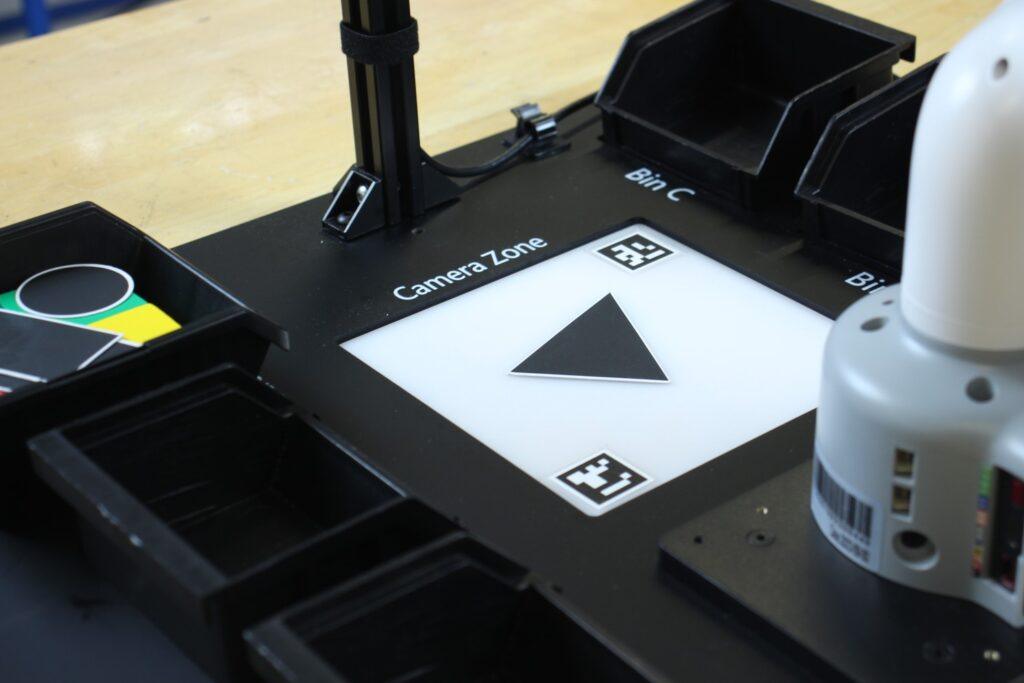
Hardware upgrades
In terms of hardware, AI Kit 2023 adds different sizes of parts boxes to assist the robotic arm to better classify objects. Secondly, AI Kit 2023 used the camera with higher accuracy and lightness adjustment to make the robotic arm more efficient in recognition. Elephant Robotics has also upgraded the suction pump installed at the end of the robotic arm, so that it has higher adaptability and stability when working with different robotic arms.

Software updates
Elephant Robotics develops a built-in visualization software and provides customization methods in the AI Kit 2023. In this software, users can directly select the different algorithms to perform different functions and change the coordinates. The visual interface helps users quickly identify, access and manipulate data, and enables interaction and manipulation in a variety of ways. AI Kit 2023 is more user-friendly now, evern beginner who are new in programming or has no knowledge of code can also use it with several clicks.
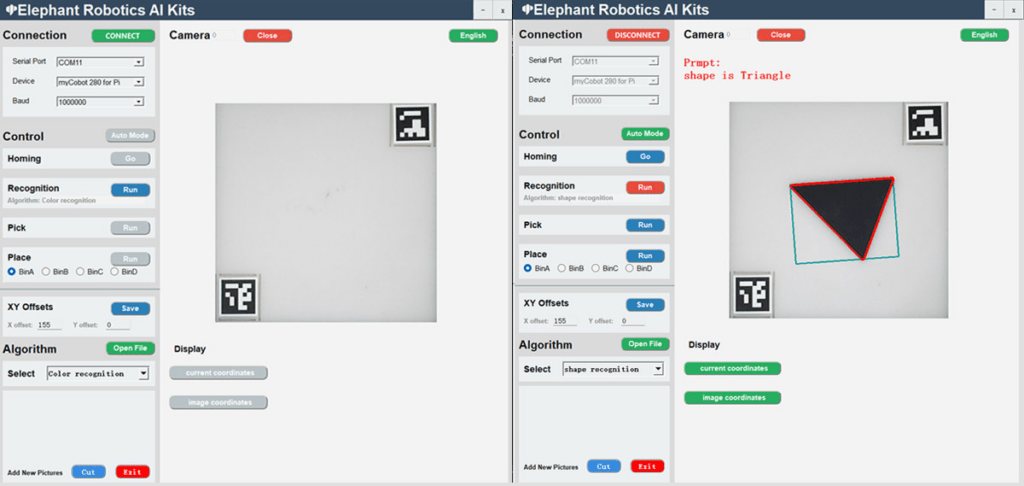
Also, Elephant Robotics enhances the adaptations of AI Kit 2023 to enable it to be paired with six robotic arms, including the M5Stack and RaspberryPi versions of myCobot 280, myPalletizer 260, and mechArm 270.
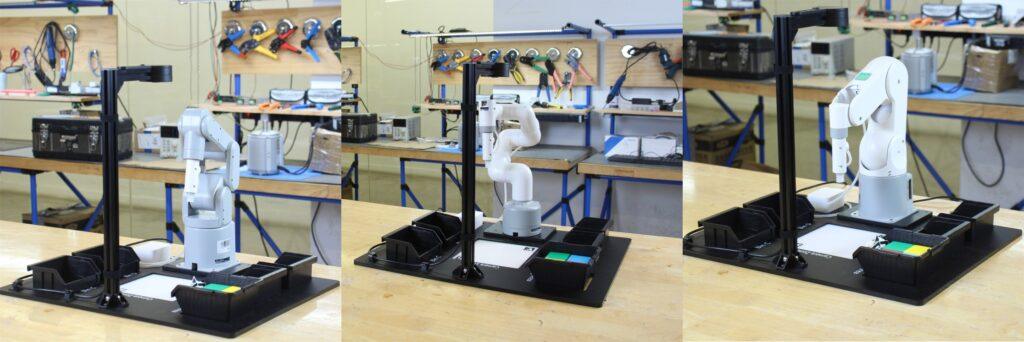
Many educational institutions and colleges have already adopted AI Kit 2023 as an educational tool for professional or laboratory use, enabling students to learn to better understand artificial intelligence, robotic programming, and automation. Elephant Robotics is focusing on developing more and better robotics solutions and kits to provide more comprehensive conditions for the technology and education industry and deepen the application of robotics in education and research.
Use Coupon Code „robotsblog“ to get a discount of 8% at https://shop.elephantrobotics.com/

